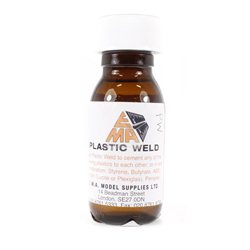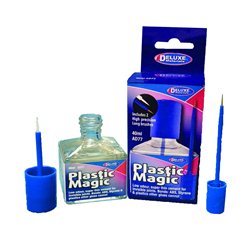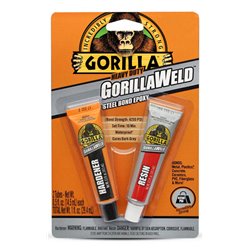Kadee couplings are a popular choice for railway modellers, particularly those modelling in HO and OO gauge....
No products
Product successfully added to your shopping cart
There are 0 items in your cart. There is 1 item in your cart.
Search Tips
How do I glue plastic models?
There are several glues out there on the market for gluing plastic kits.
The most commonly used would have to be a poly cement and it is probably the best glue if you are just starting out in the hobby. Poly cement contains a solvent that melts the plastic creating a welding action to the pieces put together. This will work only when sticking plastic pieces together. It will not glue metal to plastic for example.
Other glues include super glue (cyanoacrylate) which is not so forgiving for new comers especially when aligning parts to be glued, as this will end up sticking to your fingers almost immediately.
More experienced modellers tend use epoxy glue in either straight from the tube or two part form, the reason being that when applied correctly in leaves no unsightly gaps in the model. However the bond is incredibly strong and mistakes are very difficult to correct.
Click here to receive the tips weekly in your mailbox. You can unsubscribe at any time.



.jpg)






